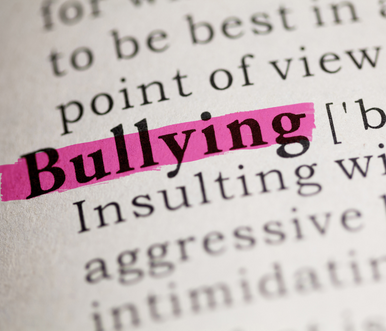Bullying may seem like a schoolyard issue, rather than one that affects professional settings. Unfortunately, however, bullying is also a common form of misconduct experienced or witnessed by employees in the workplace. Because bullying has a serious negative impact on morale and productivity, it’s essential to back up zero tolerance policies with safe reporting procedures.
What Is Workplace Bullying?
According to the Workplace Bullying Institute, workplace bullying is “repeated, health-harming mistreatment by one or more employees of an employee: abusive conduct that takes the form of verbal abuse; or behaviors perceived as threatening, intimidating, or humiliating; work sabotage; or in some combination of the above.” As reported in their 2021 Workplace Bullying Survey, 30% of U.S. workers had direct experience of being bullied, and 43.2% of remote workers had been bullied.
Bullying is also an issue for employees who witness their colleagues being belittled or harassed. When bullying goes unacknowledged and/or unaddressed, it creates the perception that such behavior is tolerated, if not acceptable. That encourages others to act in a similar fashion, creating a toxic workplace environment that affects everyone.
Bullying in Schools
Sadly, bullying in educational settings springs immediately to mind when the subject is raised because it is so common. In a 2019 report, the National Center for Education Statistics presented data showing 1 in 5 U.S. children between ages 12 and 18 had experienced bullying. In the past, harassment and even overt violence were often dismissed as “kids being kids” or a normal part of growing up. While it is far less likely for obvious bullying to be condoned now, incidents often take place during unstructured times such as recess, lunch, or passing periods, when adult witnesses are few.
Building an Anti-Bullying Culture
Unlike other forms of workplace misconduct like racial discrimination, bullying is not technically illegal. Perpetrators may justify their actions as being a necessary feature of a competitive culture ordownplay their victims’ reactions as oversensitivity. Far from inspiring employees to work harder or more effectively, though, bullying drives victims out of organizations and destroys trust among the employees who remain. In an educational setting, bullying causes mental and physical harm, as well as encouraging an atmosphere in which those at the bottom of the social ladder are victimized.
Counteracting bullying in the workplace or at school starts with strong policies regarding diversity and harassment. These must be well publicized, and all staff should receive relevant training to ensure they understand what’s expected of them.
Most significantly, employees and students must feel empowered to report incidents of bullying they experience or witness. Too often, those with direct knowledge of damaging misconduct don’t report what they know because they fear retaliation, or they simply don’t think it will do any good. #NotMe’s easy, safe reporting lets everyone know that when they speak up, someone will be there to listen and act.
Safe, Supportive Workplaces
Organizations committed to upholding a zero-tolerance approach to bullying have to ensure that victims and witnesses have the means to report what they know, anonymously if preferred, to someone in a position to investigate and correct the situation. #NotMe gives you the means to identify and break patterns of bullying before they do irreparable financial and reputational damage to your organization. Instead of having the influence of bullies poison your institutional culture, you can pinpoint the source of the issue and take the appropriate steps to stop it.
If your organization needs an effective tool to reinforce your anti-bullying policy in the U.S. or Europe, contact us here to request a demo or to find out more. #NotMe can help.









